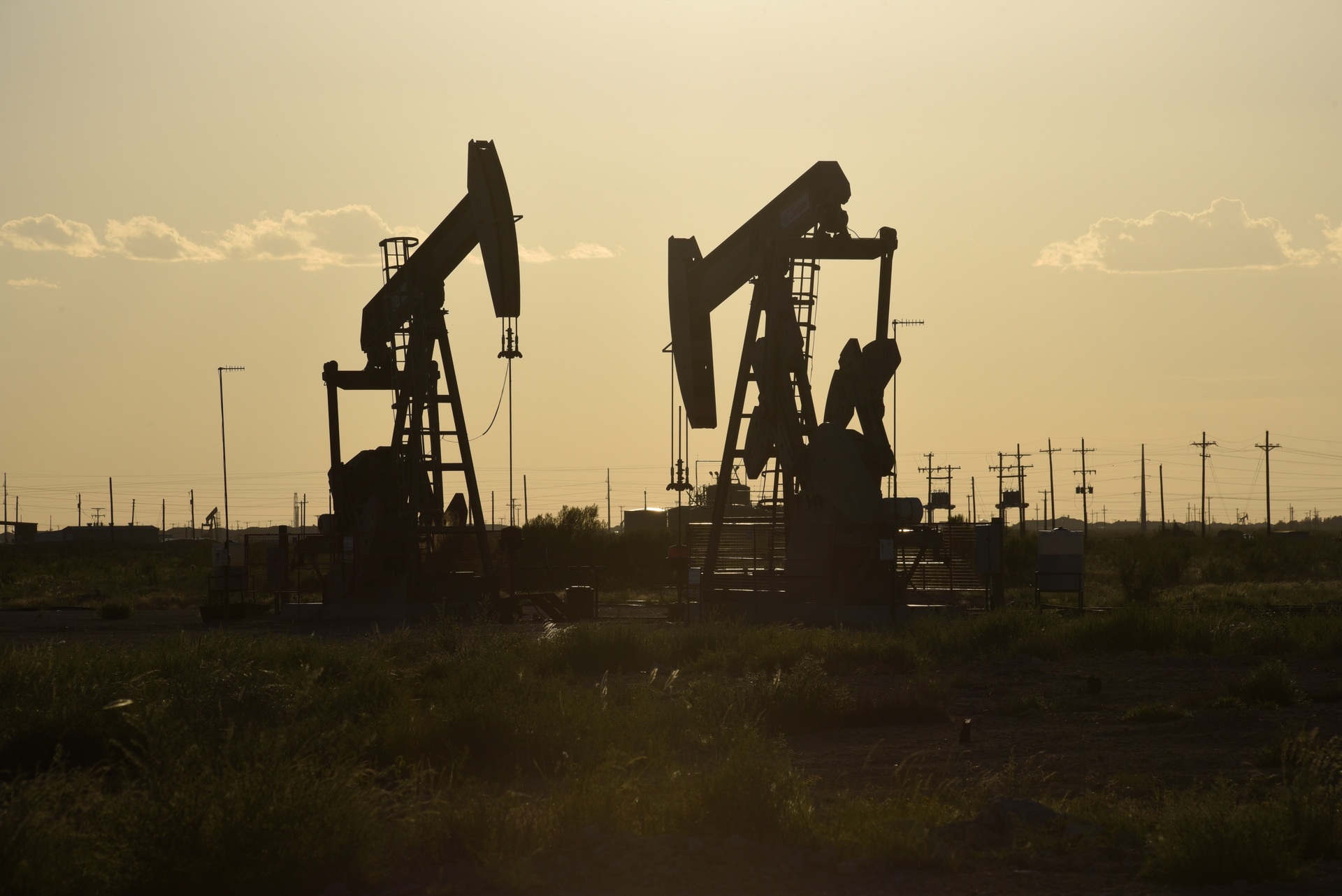On Wednesday, May 20, trading on the Moscow Exchange is accompanied by a confident strengthening of the Russian currency. In the middle of the day, the dollar depreciated by 1.2% to 71.61 rubles. The last time a similar indicator could be observed on March 11. At the same time, the euro fell by 0.9% to 78.44 rubles.
The official exchange rate of the Central Bank as of May 21 is set at 72.34 rubles per dollar and 79.18 rubles per euro.
One of the main reasons for the appreciation of the ruble, RT experts surveyed believe the recent recovery in oil prices. At Wednesday's auction, the cost of raw materials of the Brent benchmark brand on the ICE exchange in London grew by almost 3% - to $ 35.5 per barrel. At the same time, according to the latest data from the analytical agency Argus, at the end of last week quotes of Russian grade Urals oil exceeded $ 30 per barrel for the first time since mid-March.
“The Russian ruble is responding to changes in oil prices, since a significant part of the budget is income from the sale of hydrocarbons. More recently, North Sea Brent oil was worth about $ 20 per barrel and by now managed to grow one and a half times. Accordingly, Urals is growing, which is tied to this grade, ”said Finam Group analyst Alexei Korenev in an interview with RT.
According to experts, the rise in oil prices is largely due to the relaxation of quarantine restrictions in a number of countries. Thus, the gradual return of people and enterprises to work over time should lead to an increase in global demand for hydrocarbons.
In addition, investors positively assess the measures of states to reduce the global supply of hydrocarbons. Recall, from May 1, to combat the global overabundance of oil, the countries participating in the OPEC + transaction, including Russia, began to reduce the production of raw materials by 9.7 million barrels per day. A decrease in production also began in several other countries - exporters of raw materials, including the USA, Norway, Argentina and Canada. As expected, these actions should lead to a balancing of supply and demand in the global oil market.
“Thus, the growth in demand for oil products and the simultaneous execution of the OPEC + deal to reduce production should support the growth in oil prices. This helps to strengthen the Russian currency, ”explained Vyacheslav Abramov, director of the BCS Broker sales office.
- Reuters
- © Nick Oxford
As Abramov notes, the approach of the tax period also plays in favor of the ruble, when exporting companies begin selling foreign currency and buying rubles for taxes.
Moreover, investors react positively to reports of a slowdown in the spread of coronavirus in Russia. So, over the last day in the country, 8764 new cases of infection were detected. At the same time, the number of recovered citizens was 9262. Thus, the number of people cured per day for the first time exceeded the recorded new cases.
“We see that in Russia the number of newly diagnosed coronavirus cases is declining. From the point of view of investors, this is a positive background for increasing business activity and future recovery of the country's economy, ”Natalya Milchakova, deputy head of the Alpari information and analytical center, explained in a conversation with RT.
According to the head of the Ministry of Economic Development Maxim Reshetnikov, the Russian economy has already begun to recover as the quarantine restrictions are lifted. Thus, business activity in the country increased from 67 to 71–72% of the pre-crisis level.
“Now, many experts believe that the situation in the Russian economy will not be as bad as originally intended. Yes, now the level of GDP has really decreased, but this was expected, since no one worked in April. The question is how fast the recovery will go. If we take into account that we have very large reserves and there is an opportunity to borrow in the domestic market - all this will positively affect the ruble, ”explained Alexey Korenev.
Ruble interest
According to experts,The Russian currency is also supported by the actions of the Bank of Russia. Recall, to stabilize the ruble since March 10, the Central Bank began proactive sale of foreign currency on the domestic market. Thus, the regulator artificially increases the demand for rubles. In total, over the past time, the volume of currency sales amounted to 626.3 billion rubles.
An influx of investments in Russian debt securities also plays in favor of the ruble. At Wednesday's trading, the government bond index (RGBI) grew by 0.1% and for the first time since the observation (since 2002) reached 157.48 points. According to experts, investors are attracted by reliable financial guarantees of Russia and the opportunity to get higher profits than in the US and Europe.
“In aggregate, we see that investors began to actively buy the ruble, and ruble instruments became interesting. The Ministry of Finance is quite successfully placing federal loan bonds (OFZ). Today, three regular issues of federal loan bonds should be placed, and all previous attempts have been quite successful, ”Korenev noted.
In general, RT analysts surveyed admit new fluctuations in the Russian foreign exchange market in the near future. Meanwhile, if the situation with the pandemic and oil prices improves further, the ruble may further strengthen in the coming months.
According to Natalia Milchakova, in the first half of the summer the dollar will trade in the range of 69–75 rubles, and the euro - near 77–82 rubles. At the same time, according to the forecast of Vyacheslav Abramov, by the end of the year, the dollar and euro rates may be fixed at around 70 and 76 rubles, respectively.

